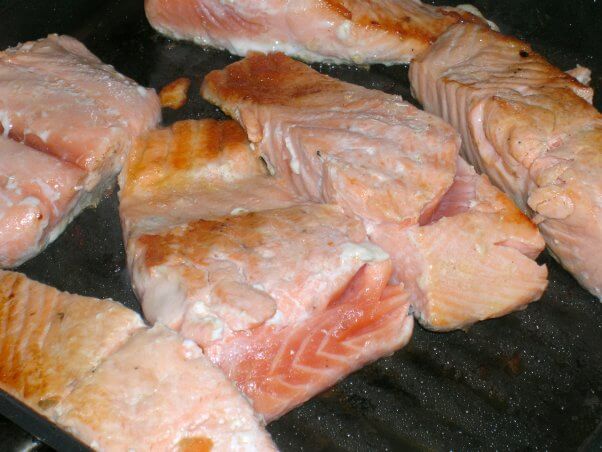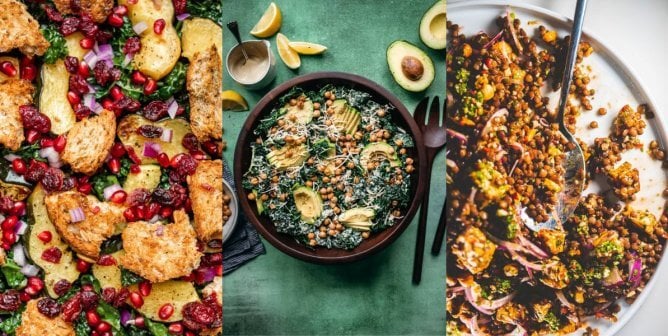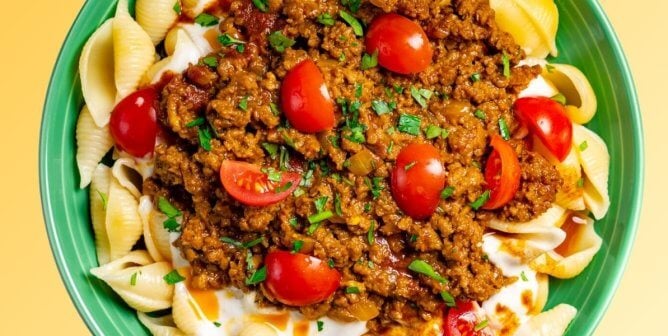What looks like pus, bubbles like a marsh, and oozes like sludge? The equally appetizing white goo that salmon flesh emits while it’s cooking.
You can cut, scrape, and wipe it, but there seems to always be white goo residue, like a kid’s paste project. So what is the mystery liquid? Here’s the skinny on “salmon fat.”

The glue-like discharge is albumin, which is basically moisture from the fish’s muscles. When the muscle fibers are subjected to heat, they contract, squeezing it out and onto the surface. It congeals, turns white, and proceeds to gross out people who forgot that dead bodies don’t look all that cute.
It’s not to be confused with albumen (with an “e”), the clear liquid inside an egg that is made of secretions from the hen’s oviduct during the passage of the egg. Yum!
To minimize the appearance of the albumin, some food bloggers suggest brining the salmon because, as one put it, “[t]he salt partially dissolves the muscle fibers near the surface of the flesh, so that when cooked they congeal without contracting and squeezing out albumin.” That’s seriously the best answer anyone seems to have: Soak something you intend to eat in a ton of salt so the flesh won’t secrete muscle juice all over your nice baking dish.
But honestly, who doesn’t want to have to grab knives, spatulas, and paper towels and try to scrape the white goo off of their food before they can eat it?
If you prefer ooze-free fare, check out plant-based products such as Gardein’s Fishless Filets or Current Foods’ Smoked Salmon. Or you can make your own using carrots or other veggies. All the flavor, nothing fishy.
Are you ready to pledge to let salmon and all sea animals live, muscle juice and all?
Text VEG to 73822 to get the latest vegan lifestyle tips, recipes, and urgent action alerts texted right to your phone.
Terms for automated texts/calls from PETA: https://peta.vg/txt. Text STOP to end, HELP for more info. Msg/data rates may apply. U.S. only.







